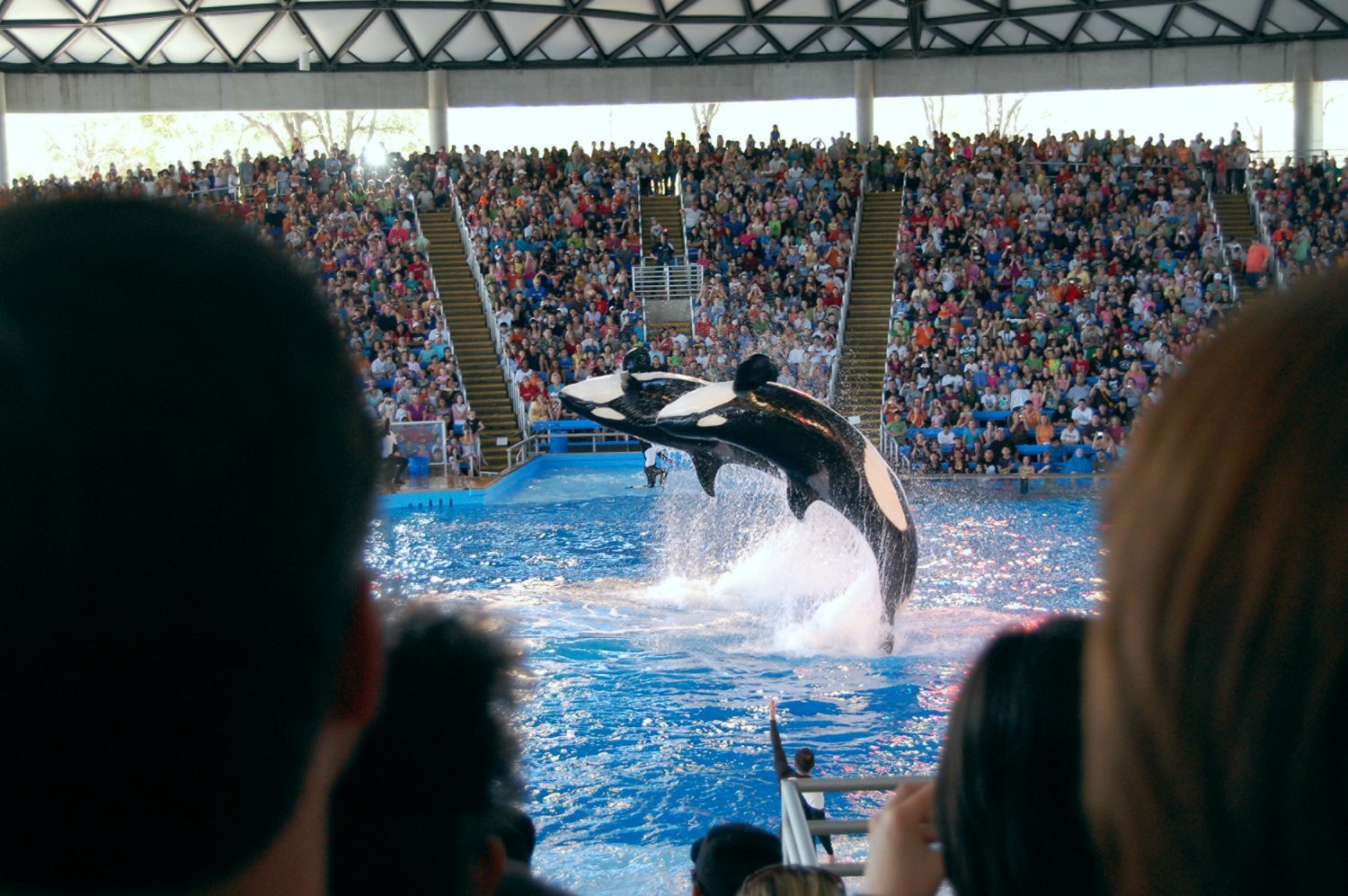Sea World’s black fish should be a martyr for his generation


Picture your student apartment. It’s most likely small, maybe a little dirty, but nonetheless, it’s your home. You can come and go as you please. You even have the freedom to move if it isn’t the perfect fit.
Now think about having the inability to leave. Think about your apartment having no doors, no windows. Think about staying there for the rest of your life. It seems unfathomable, no?
In 2013, everyone was talking about the documentary Blackfish. This was the kind of film that sat in the pit of your stomach for days. This was the kind of film that sparked ideas of activism in people all over the world.
Blackfish tells the story of Tilikum, an orca whale who first lived at Sealand in Victoria B.C. and then SeaWorld in Florida. But Tilikum was different. He was the largest orca to be held captive, weighing 12,500 lbs. He also wasn’t bred in captivity. He was stolen from his home off the coast of Iceland when he was two-years-old.
Tilikum also killed three people in his lifetime.
After the documentary started to gain serious traction, SeaWorld received tremendous backlash, which evidently lead to the announcement that they would end their breeding program in March 2016.
While all of this is great, what about Tilikum?
Tilikum died on Jan. 6 shortly after his 36th birthday, after 33 years in captivity. SeaWorld reported that he had a lung infection as a result of pneumonia about a year before his death.
While Tilikum’s story was the starting spark to change SeaWorld’s business model to be more humane, I feel like the world just accepted Tilikum’s defeat. Tilikum set an example for a new generation of whales, but what about his generation of whales?
There are still approximately 24 whales that SeaWorld has in captivity (some are pregnant, some are ill) and while SeaWorld is no longer doing their silly circus animal shows, those 24 whales are literally forced to stay in their too-small tanks until they die.
They have very little room to move, when they’re sick they are pushed into smaller tanks and when they experience anxiety, they lash out on each other.
Let’s go back to your student apartment. Imagine being forced to stay there with the same people, no windows, no doors, no ability to escape, until eventually, you fade away.
Orcas in the wild can live to be 60-years-old, depending on gender and other factors, of course. The oldest known wild orca, a female called Granny, died last year. She was estimated to be 105-years-old.
Tilikum lived one half of his potential life span. He was intelligent, he was the father to 21 calves, he experienced mental health issues on a different level than humans — on a level we will never understand.
I’m happy that no other whales in SeaWorld’s hands will be forced to be an object of entertainment or be used and abused to breed, but I’m not satisfied that the remaining whales will have a good life.
I fear that all the social media activists that expressed their distaste for SeaWorld’s treatment of animals will now fall silent, as the problem has been seemingly solved.
After SeaWorld announced the end of their breeding program, their stocks went up. Ending the program wasn’t a move based on ethics, it was a move based on profit.
If SeaWorld’s customers view them as an ethical business, people won’t feel as guilty going to their parks. They will feel good about taking their children to a seemingly ethical “zoo.”
Ending the breeding program doesn’t speak to those 24 whales who are still subjected to having children bang on the windows of the tanks with cotton candy in their other hand. It doesn’t speak to the fact that SeaWorld’s primary purpose is entertainment, not animal rehabilitation, like it may suggest.
It doesn’t speak to the fact that Tilikum is dead after living a terrible life; a terrible life that caused him to be extremely aggressive, leading to the death of three people.


